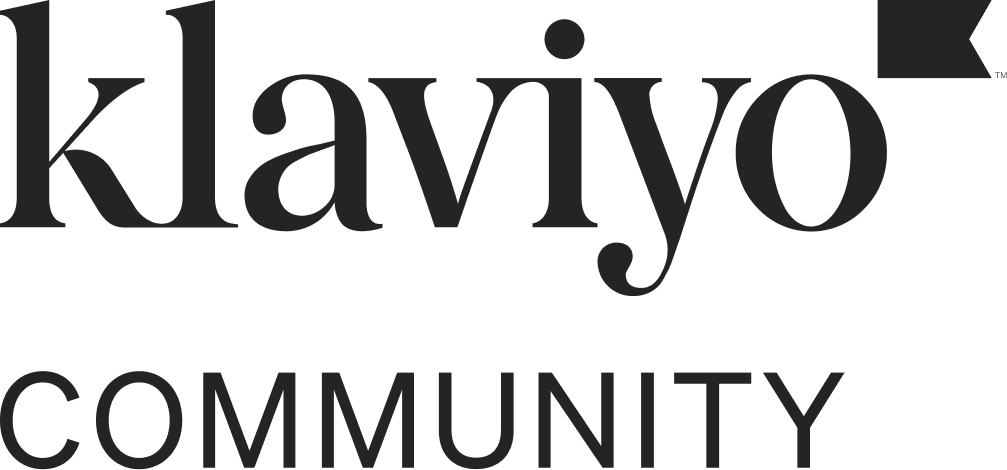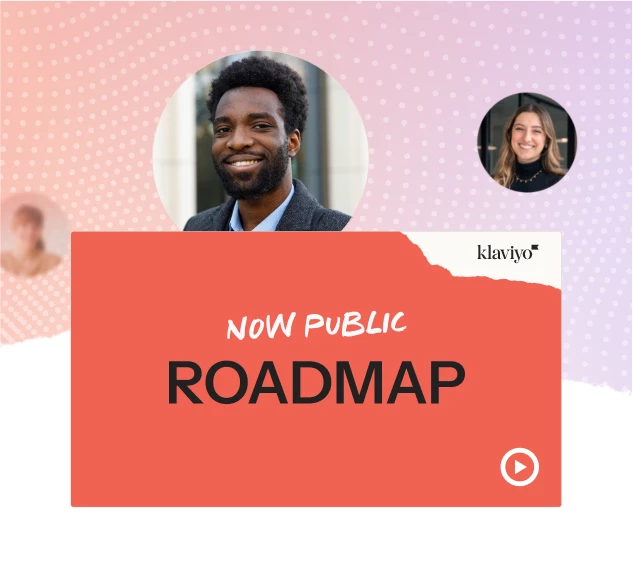According to Sharon Donley, merchandising manager at Happy Wax, food-forward marketing isn’t slowing down in 2026.
From fashion and beauty to home goods and candles, more brands are leaning into “little treat culture”—the idea that consumers are trading big-ticket splurges for small, frequent moments of joy. When brands use food imagery well, they aren’t just showing a product. They’re creating a sensory promise.
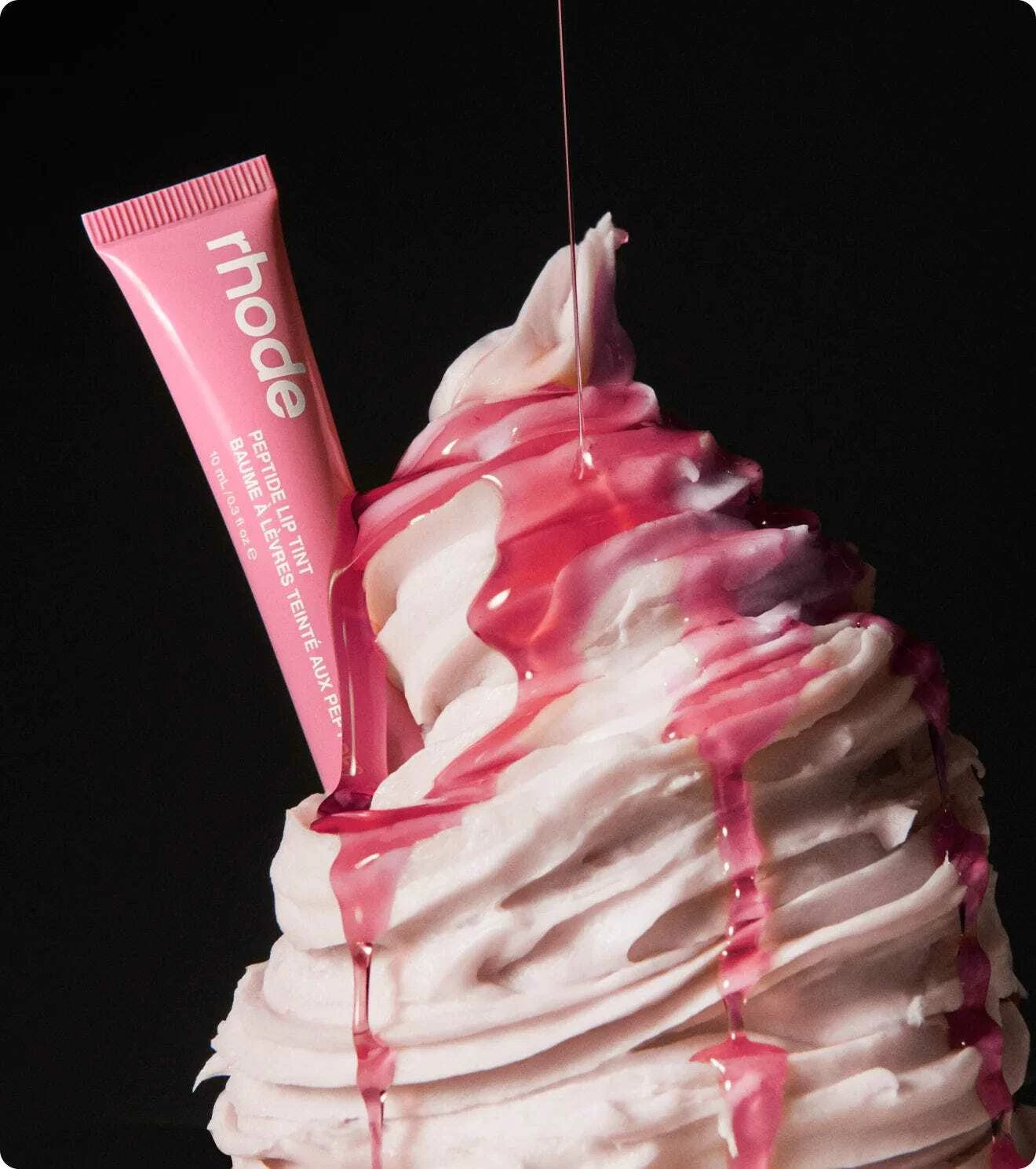
Sharon, the mind behind Happy Wax’s mouthwatering campaigns, shared her perspective for the Klaviyo Community:
“The food trend we’re seeing in fashion and beauty is a direct result of ‘little treat culture.’ As the gap widens between the cost of essentials and luxuries, people are turning to smaller, more frequent splurges—like a pastry, specialty coffee, or cocktail. Fashion and beauty brands have really tapped into that, framing their products as these accessible, little moments of joy instead of big, intimidating purchases.”
Why food imagery still wins in 2026
Sharon says, “I absolutely believe this trend will stick around through 2026. At Happy Wax, food and gourmand scents are some of our best sellers, and we know it makes a huge impact when we use food in our marketing imagery.”
Food imagery works because it’s sensory shorthand: texture, warmth, gloss, and steam trigger memory and craving. For brands, it’s not just about selling a product—it’s about selling a moment. Think: a pastry and coffee between meetings, a candle that smells like Sunday dessert, or a lipstick you reach for during every small celebration.
At Happy Wax, their gourmand scents and food-inspired visuals consistently outperform, because they promise an accessible, repeatable pleasure. The marketing challenge? Make that treat feel tangible across email, SMS, web, paid social, and even in-store.
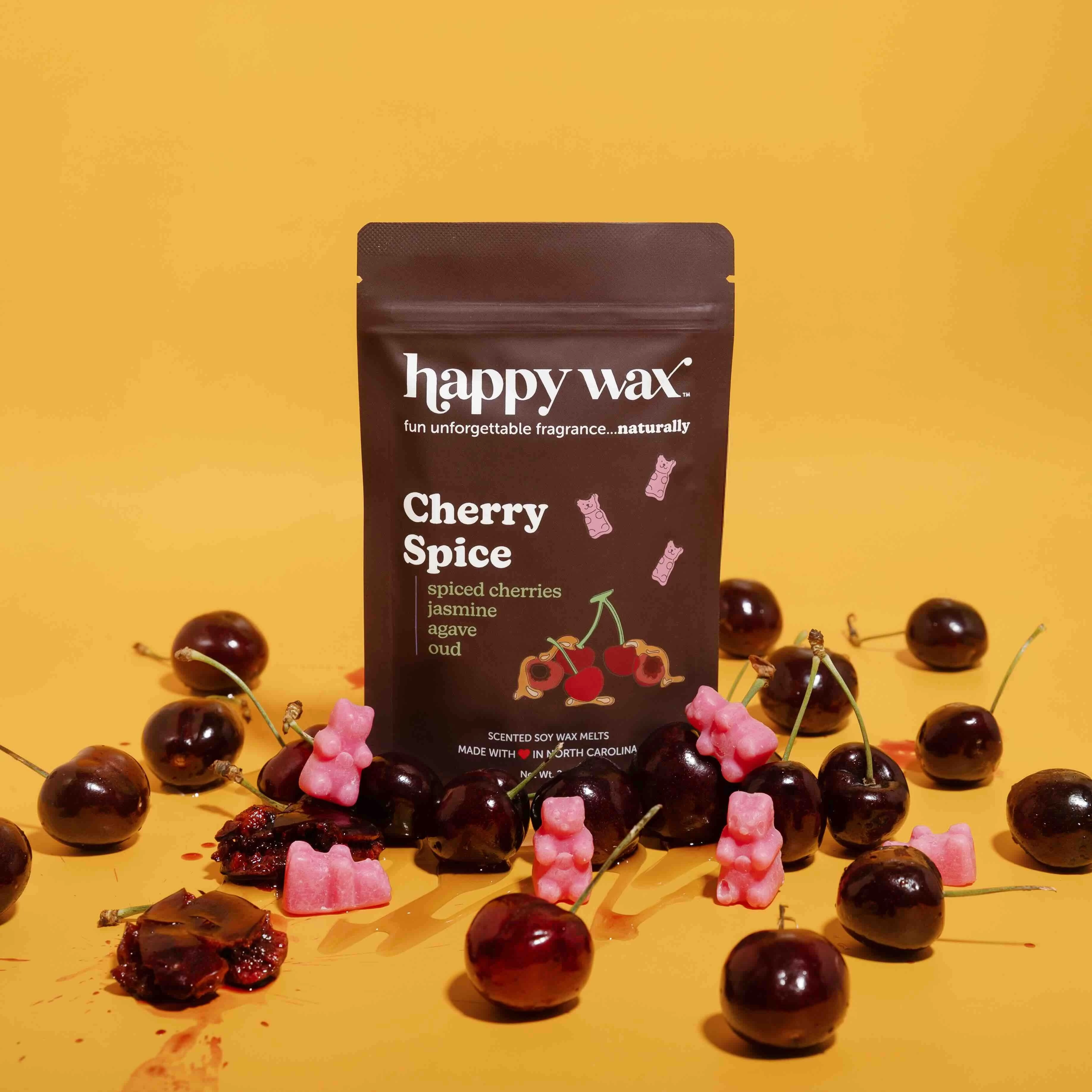
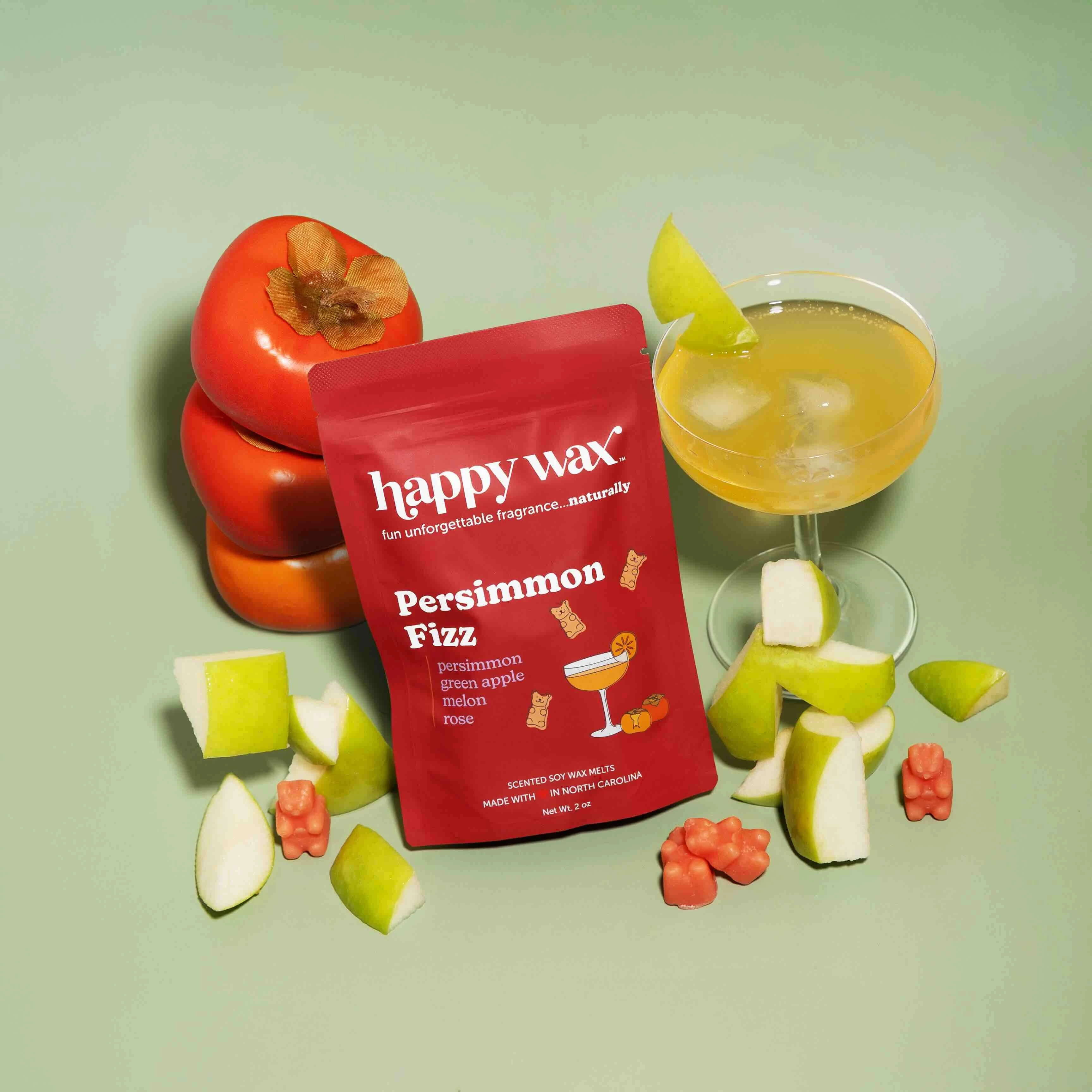
Omnichannel design inspiration: what to capture and why
Sharon’s approach: “For omnichannel campaigns, it’s all about making that sensory connection. You want the imagery to be so good it feels like a treat just looking at it. That’s what gets people to engage and makes them feel like they're buying into a satisfying experience, not just a product.”
Here’s a creative checklist—perfect for briefing a photographer, designer, or AI tool:
Visual Language
- Close-up texture shots: Melting glaze on a pastry, candle wax pooling, velvet lipstick swatches—these visuals sell touch and taste.
- Hands-in-frame storytelling: A hand reaching for a pastry or unwrapping a product makes the experience personal and relatable.
- Overhead + lifestyle combos: Tabletop spreads for aspiration; overhead shots for clarity and context.
- Warm, tactile palettes: Caramel, cream, cinnamon, terracotta. Avoid neon unless you want intentional contrast.
- Shallow depth of field: Keeps the product in focus and mimics how we “savor” treats in real life.
Copy and sensory cues
Incorporate short, evocative sensory language:
- Use phrases like “warm, buttery,” “velvet finish,” “steam-kissed,” “hints of caramel.”
- Make CTAs experiential: “Take a little treat,” “Savor the moment,” or “Dip in.”
Accessibility and details
- Always add descriptive alt text that captures the sensory cue—not just for accessibility, but for SEO, tools
How Klaviyo AI can help you launch, personalize, and scale food-led creative
Klaviyo AI (K:AI) helps you plan, build, and optimize sensory-rich campaigns across every channel. With features like Segments AI, Email AI, SMS AI, and the Marketing Agent, teams can scale faster and keep creative on-brand—even as trends evolve.
- Marketing Agent assists with campaign planning and orchestration, so you can move fast without sacrificing quality or consistency.
- Segments AI and Email AI make it easy to personalize visuals and copy for different customer cohorts—think “holiday treat-seekers” versus everyday self-care fans.
Using Klaviyo AI Remix to create sensory product imagery
Remix is built into the Klaviyo editor. It lets you use plain-language prompts to reimagine product imagery in seconds—no advanced design skills needed.
How to use it:
- Start with a strong product shot—your candle, lipstick, or ceramic mug.
- Guide Remix with a sensory prompt: “Add warm caramel lighting and a soft steam effect,” or “Show the product on a terracotta plate beside a few cocoa nibs.”
- Generate on-brand variations that highlight texture, warmth, and depth—the visual cues that make food imagery so effective.
You can even personalize visuals by segment—a cozy, close-up shot for regular “treat-seekers,” or a lifestyle version for home-comfort shoppers. Because Remix is inside Klaviyo, you can quickly A/B test visuals and let data guide your future creative choices.
Key takeaways for 2026
- Food imagery is more than a trend—it’s a response to how consumers want to feel: comforted, rewarded, and seen.
- Omnichannel campaigns perform best when they deliver a sensory experience, not just a product shot.
- Klaviyo AI (especially Remix) makes it easy to adapt, personalize, and test creative, so you never fall behind on what’s resonating.
What’s working for your brand? Share your favorite “little treat” campaign—or your Remix tips—in the comments below!
